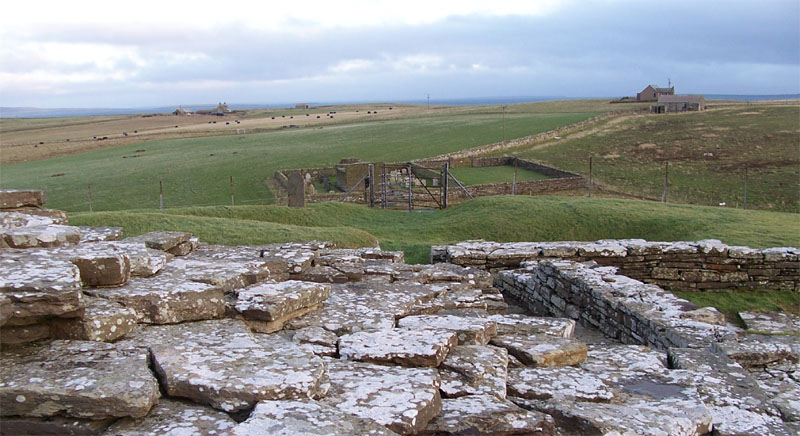Head of Geo
Coastal Feature, Headland, Point in Orkney
Scotland
Head of Geo
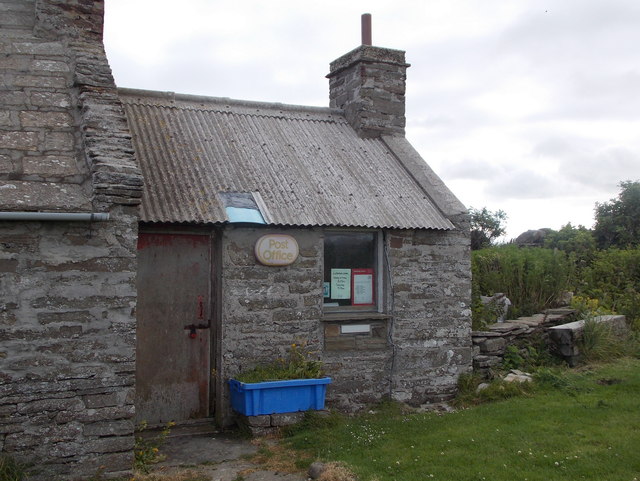
The Head of Geo, Orkney, is a prominent coastal feature located on the northeastern tip of the Mainland, which is the largest island in the Orkney archipelago, situated in northern Scotland. It is classified as a headland or point, characterized by its distinctive shape jutting out into the North Sea.
The Head of Geo is known for its rugged and dramatic landscape, with steep cliffs rising up from the sea to a height of approximately 40 meters. These cliffs are composed of sandstone and are often adorned with grasses and wildflowers, adding a burst of color to the scenery. At the base of the cliffs, rocky shores and small pebble beaches can be found, providing a habitat for various marine life.
The headland offers breathtaking panoramic views of the surrounding coastline and the open sea, with the neighboring islands of Shapinsay and Stronsay visible in the distance. On a clear day, it is even possible to catch a glimpse of the Scottish mainland.
Aside from its natural beauty, the Head of Geo also holds historical significance. The remains of ancient settlements and burial sites have been discovered in the vicinity, providing evidence of human occupation dating back thousands of years. This attests to the area's importance as a strategic position for early settlers and its potential as a haven for resources.
Overall, the Head of Geo, Orkney, showcases the rugged beauty and rich history of the Orkney Islands, making it a popular destination for nature enthusiasts, hikers, and those interested in exploring the region's ancient past.
If you have any feedback on the listing, please let us know in the comments section below.
Head of Geo Images
Images are sourced within 2km of 59.112603/-2.9854505 or Grid Reference HY4325. Thanks to Geograph Open Source API. All images are credited.

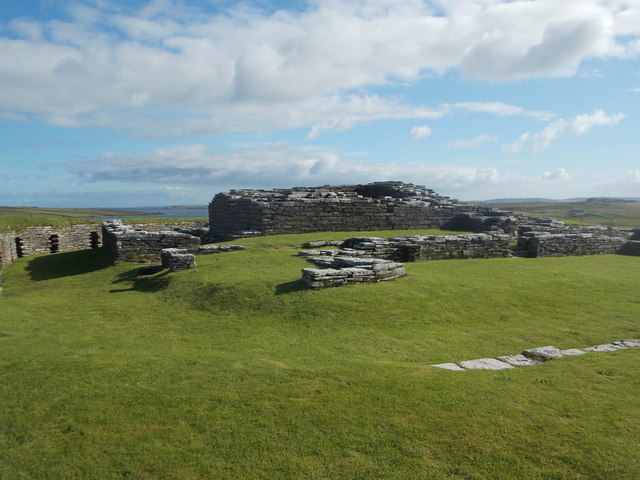
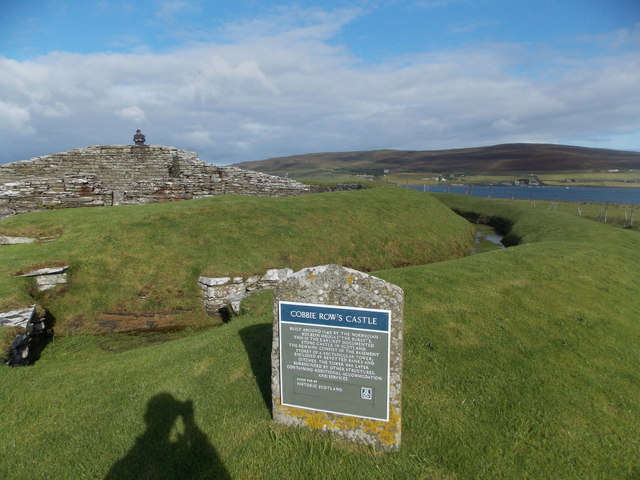
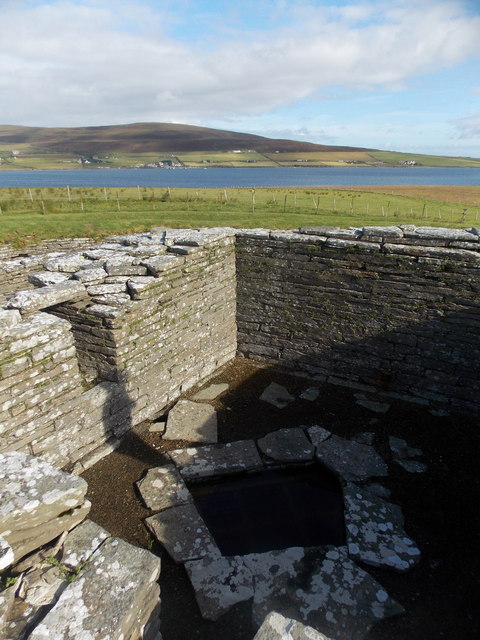
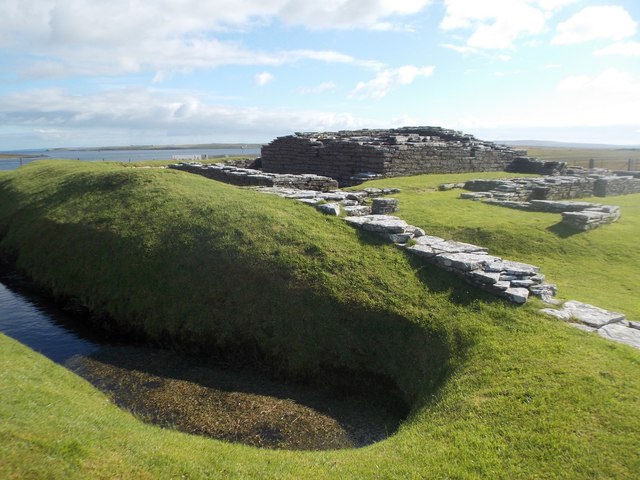

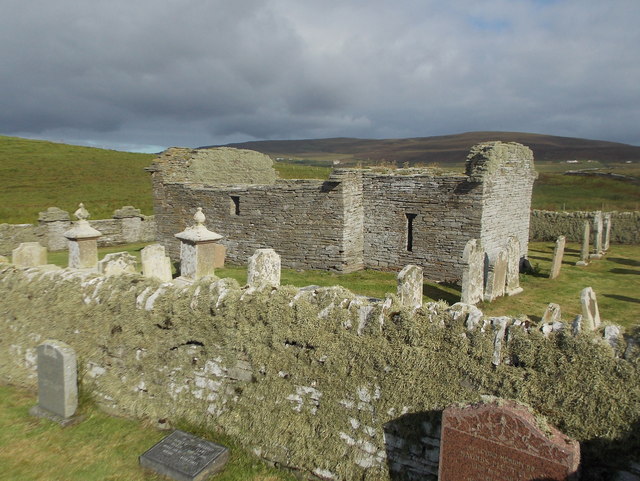
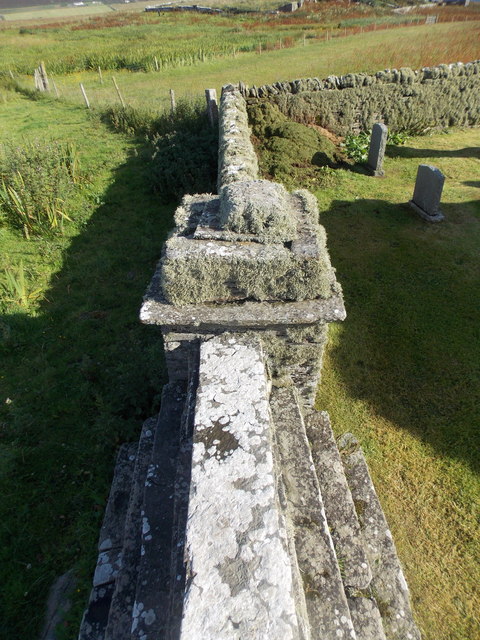
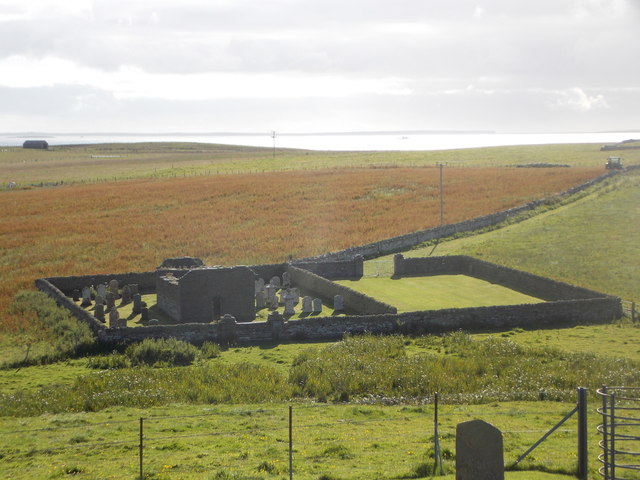
Head of Geo is located at Grid Ref: HY4325 (Lat: 59.112603, Lng: -2.9854505)
Unitary Authority: Orkney Islands
Police Authority: Highlands and Islands
What 3 Words
///routs.plug.lunging. Near Brinian, Orkney Islands
Nearby Locations
Related Wikis
Cobbie Row's Castle
Cobbie Row's (or Cubbie Roo's) Castle is the oldest medieval castle known to exist in Scotland. The castle ruins are located on the island of Wyre in Orkney...
St. Mary's Chapel, Wyre
St. Mary's Chapel is a ruined 12th century chapel found on the island of Wyre, in Orkney, Scotland. It is thought to have been built by a Norse chieftain...
Wyre, Orkney
Wyre (historically known as Viera and Veira) is one of the Orkney Islands, lying south-east of Rousay. It is 311 hectares (1.20 sq mi) and 32 metres (105...
Brinian
Brinian is a village on the island of Rousay, in Orkney, Scotland. Trumland is situated to the west of the village, with Taversöe Tuick nearby. Brinian...
Nearby Amenities
Located within 500m of 59.112603,-2.9854505Have you been to Head of Geo?
Leave your review of Head of Geo below (or comments, questions and feedback).
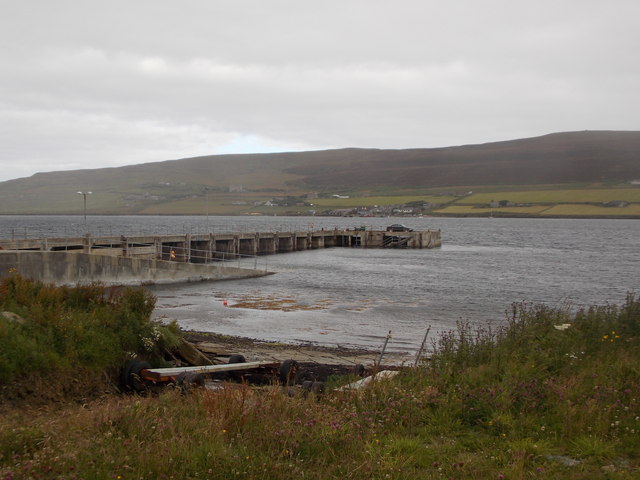
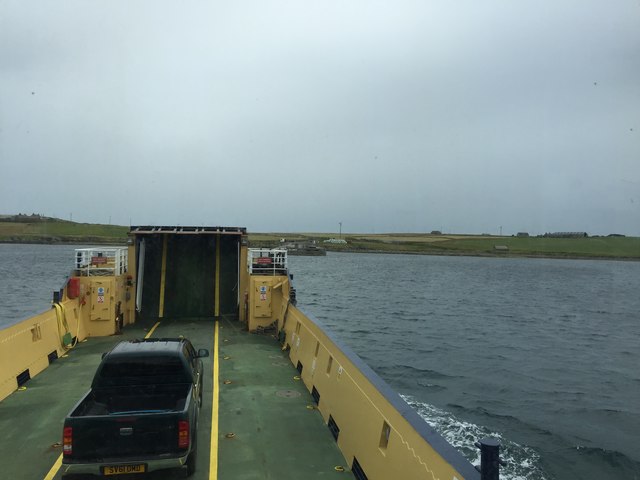

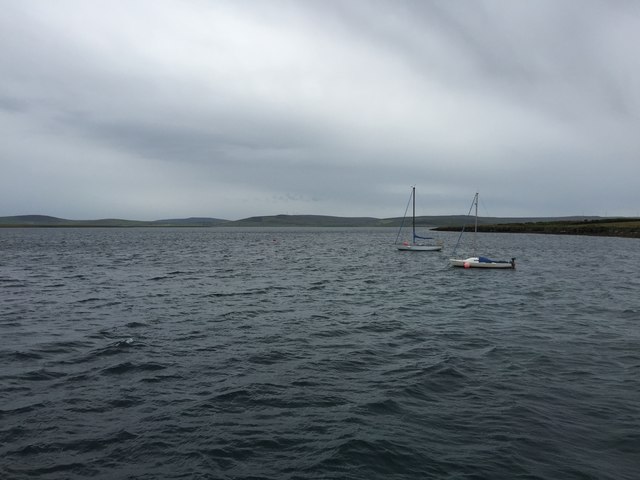
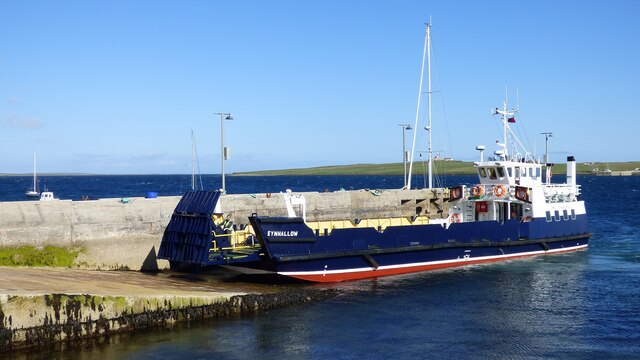
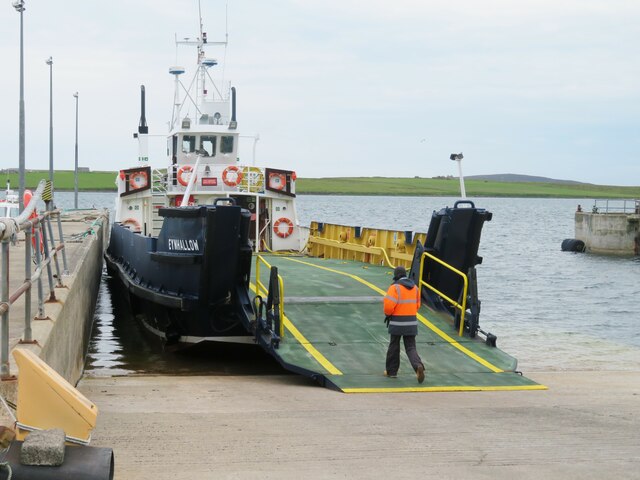

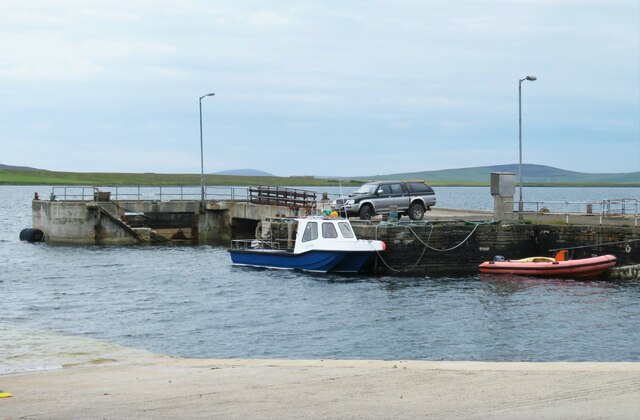
![Rousay harbour Two piers and a slipway [foreground right] from which the Eynhallow sails for Egilsay, Wyre and Mainland Orkney.](https://s3.geograph.org.uk/geophotos/06/88/96/6889671_8ee2b32e.jpg)


